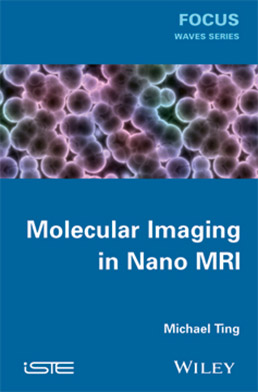
Magnetic resonance imaging (MRI), a non-destructive technique that can produce 2D images or 3D volumes with a typical spatial resolution in the mm range, has enjoyed considerable success in the field of medical imaging. There is interest in non-destructive 3D imaging on a finer scale, in the nm range, since this would open up the possibility of molecular imaging. Being able to determine the structure of molecules would help the development of drugs. Other possible applications include high-density storage and quantum computing.
For nano MRI to fulfill its potential as a 3D imaging technique that can visualize the atomic structure of molecules, it is necessary to consider the reconstruction of sparse images. Many works have leveraged the assumption of sparsity in order to achieve an improved performance that would not otherwise be possible. This book reviews the latest results on molecular imaging for nano MRI.
Chapter 1 introduces Magnetic Resonance Force Microscopy (MRFM), a promising candidate in the quest for achieving MRI on the atomic scale. Chapter 2 introduces the topic of sparse image reconstruction, and briefly reviews the literature. Algorithms developed with molecular image reconstruction in mind are presented in Chapters 3 to 5. Finally, a simulation study is conducted in Chapter 6 to compare the reconstruction algorithms.
1. Nano MRI.
2. Sparse Image Reconstruction.
3. Iterative Thresholding Methods.
4. Hyperparameter Selection Using the SURE Criterion.
5. Monte Carlo Approach: Gibbs Sampling.
6. Simulation Study.
Michael Ting is currently a software engineer at Criteo in Paris, France, having received a PhD in Electrical Engineering: Systems, from the University of Michigan, USA, in 2006. His doctoral work focused on signal processing for MRFM. He is a Senior Member of the IEEE and is a co-author of a US patent. His research interests include detection and estimation theory, inverse problems, system identification, and time series analysis.